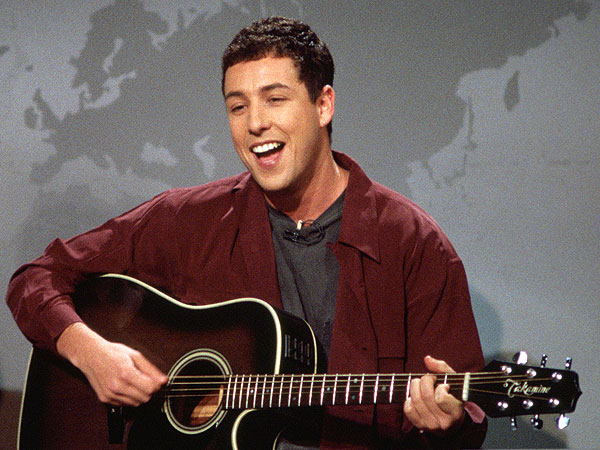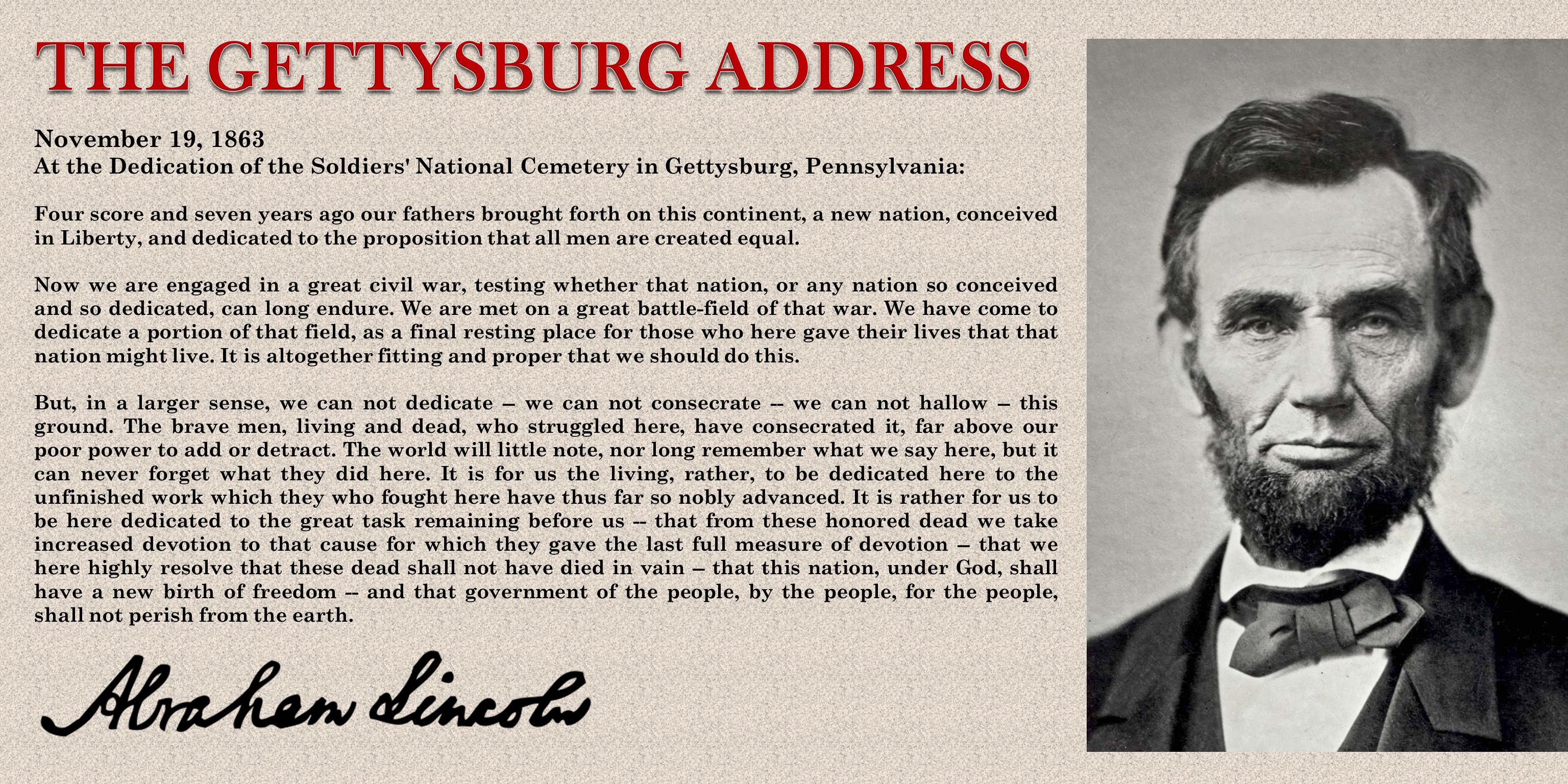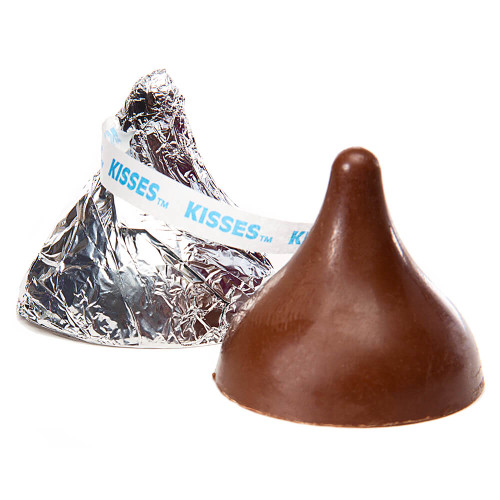Happy Monday morning!
Friday’s questions are here, along with my ranking of the Girl Scout cookies. Suffice to say, readers are not impressed with my placement of Thin Mints. Answers to the questions follow today’s Honor Roll.
Honor Roll
- Karen Allen, Karen Allen Law
- Brian Amones, Law Offices of Brian Amones
- Matt Anderson, Pratt Vreeland Kennelly Martin & White
- Evan Barquist, Montroll Oettinger & Barquist
- Penny Benelli, Dakin & Benelli
- Alberto Bernabe, Professor, University of Illinois Chicago School of Law
- Amy Butler, Law Office of Amy Butler
- Rich Cassidy, Rich Cassidy Law, Vermont Bar Association Board of Managers
- Matt Daly, Daly and Daly
- Benjamin Gould, Paul Frank + Collins
- Bob Grundstein
- Merle Haskins, Assistant Judge, Caledonia County
- Glenn Jarrett, Jarrett & Luitjens
- Keith Kasper, McCormick, Fitzpatrick, Kasper & Burchard
- Jeanne Bonneau Kennedy, Mother (of the) Blogger
- Elizabeth Kruska, Immediate Past-President, Vermont Bar Association Board of Mangers
- A. J. Larosa, MSK Attorneys
- John Leddy, McNeil Leddy Sheehan
- Jordana Levine,Marsicovetere & Levine, Vermont Bar Association Board of Managers
- Jack McCullough, Project Director, Mental Health Law Project, Vermont Legal Aid
- Jeffrey Messina, Messina Law
- Hal Miller, First American Title Insurance, Hawaii Agency State Counsel
- Herb Ogden
- Keith Roberts, Darby, Kolter, Roberts
- Jim Runcie, Ouimette & Runcie
- Jonathan Teller-Elsberg, Sheehey Furlong & Behm
- Honorable John Valente, Vermont Superior Judge
- Thomas Wilkinson, Jr.,Cozen & O’Connor
ANSWERS
Question 1
Vermont’s rule on client confidences includes several exceptions to the general duty not to disclose information relating to the representation of a client. One exception lists the situations in which disclosure of otherwise confidential information is mandatory. Another lists the situations in which disclosure is permitted, but not required.
There’s another rule that does something similar. The first paragraph lists the situations in which a lawyer’s act is mandatory. The second paragraph lists the situations in which the same act is permitted, but not required. What’s the topic of the rule?
- A. Communicating with a person represented by counsel.
- B. Dealing with an unrepresented person.
- C. Trust Accounting.
- D. Withdrawing from the representation of a client. V.R.Pr.C. 1.16. Paragraph (a) lists the situations in which an attorney must withdraw, paragraph (b) the situations in which withdrawal is permitted.
Question 2
Lawyer called me with an inquiry. Responding, I noted “but there’s a comment to the rule that states that in negotiations, certain statements are not to be taken as statements of material fact. For instance, what your client’s bottom line might be with respect to settlement.”
What’s the title of the rule I was discussing?
- A. Communication With Person Represented By Counsel.
- B. Truthfulness In Statements To Others. V.R.Pr.C. 4.1, see also, Puffery & the Ethics of Settlement Negotiations.
- C. Respect For Rights Of Third Persons.
- D. Duties to Prospective Clients.
Question 3
When a lawyer holds funds in trust in which two or more persons claim interests, a rule specifically requires the lawyer:
- A. to disburse (or not) as directed by the client.
- B. to keep the disputed funds in trust until the dispute is resolved.
- C. to promptly distribute all portions that are not in dispute.
- D. B & C. V.R.Pr.C. 1.15(e).
Question 4.
Fill in the blank.
Attorney called me with an inquiry. I listened, then said “nothing in the rules requires a lawyer or law firm to enroll in a ‘positive pay’ service. Still, you’d be smart to consider it. It might be used to show that you took reasonable steps ____________.”
It’s most likely that the remainder of my response was:
- A. to avoid a conflict of interest.
- B. to safeguard client funds. See, this post with a tip to protect against check fraud.
- C. to charge a reasonable fee.
- D. to remonstrate with a client who provided false information to a court.
Question 5
Ron Torbert graduated from Harvard Law School. Attorney Torbert spent many years in corporate and construction law before retiring from the practice of law in 2019.
Now, Ron works in a different field. With the 7 Cs of legal ethics in mind, it’s an understatement to say that Ron is competent in his current line of work, one in which he works as a judge of sorts. In fact, more than 100 million people recently watched Ron perform his official duties.
What does Ron do for work now that he is no longer practicing law?
Ron is now an NFL referee. Last week, Ron was the head official in Super Bowl LVI.











